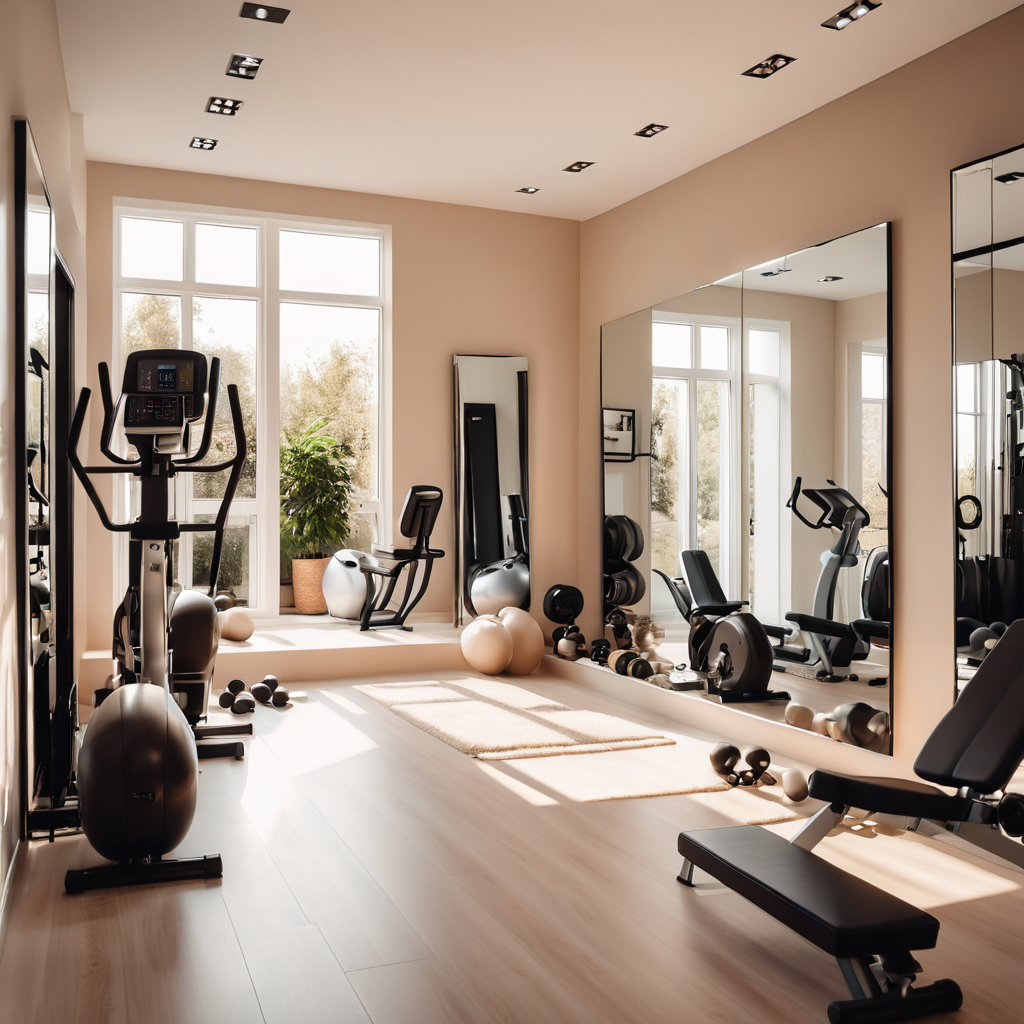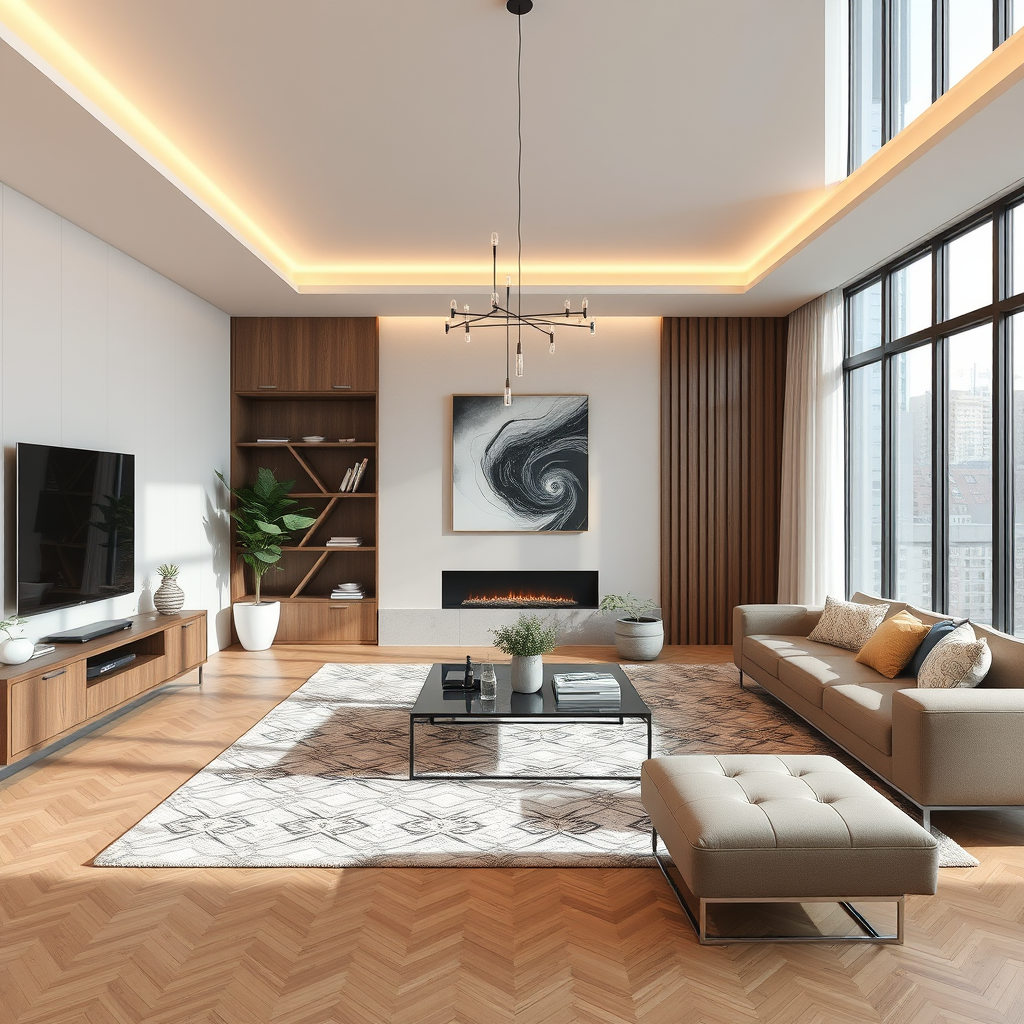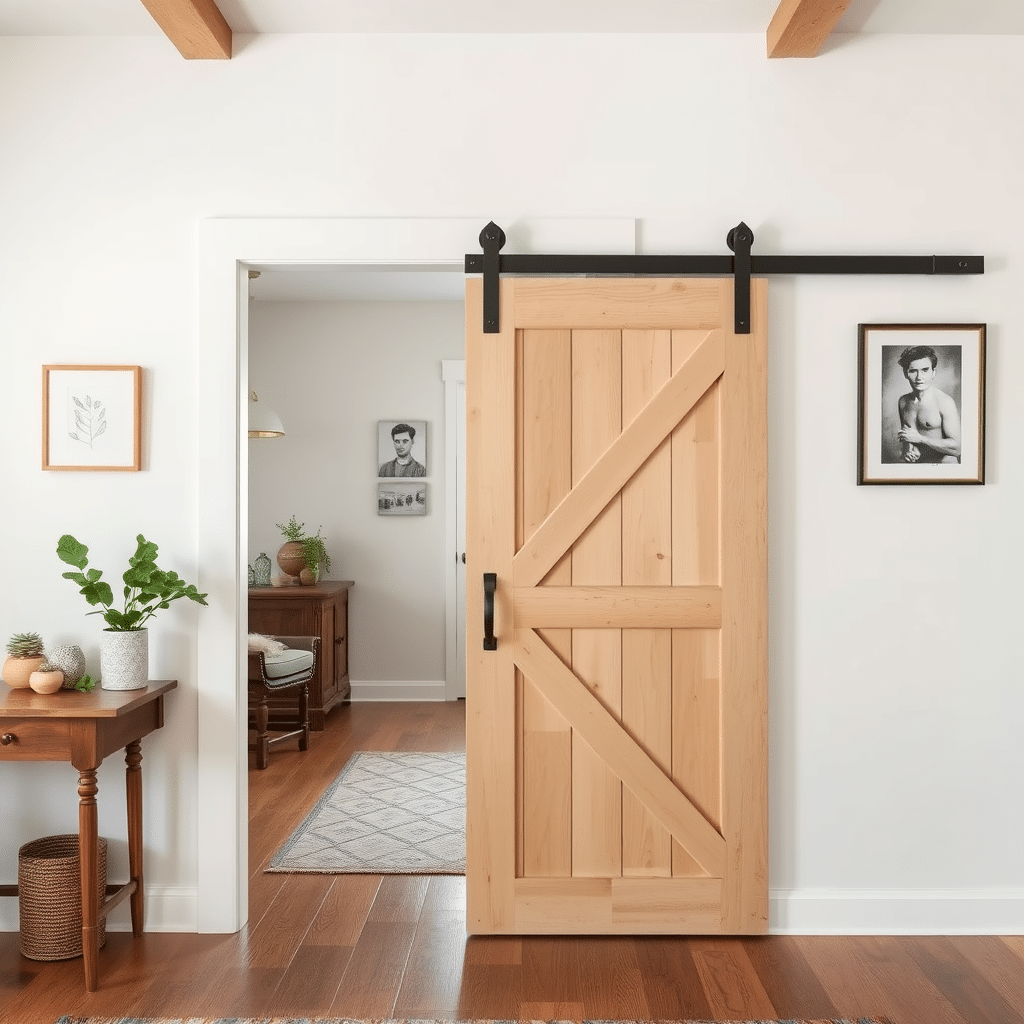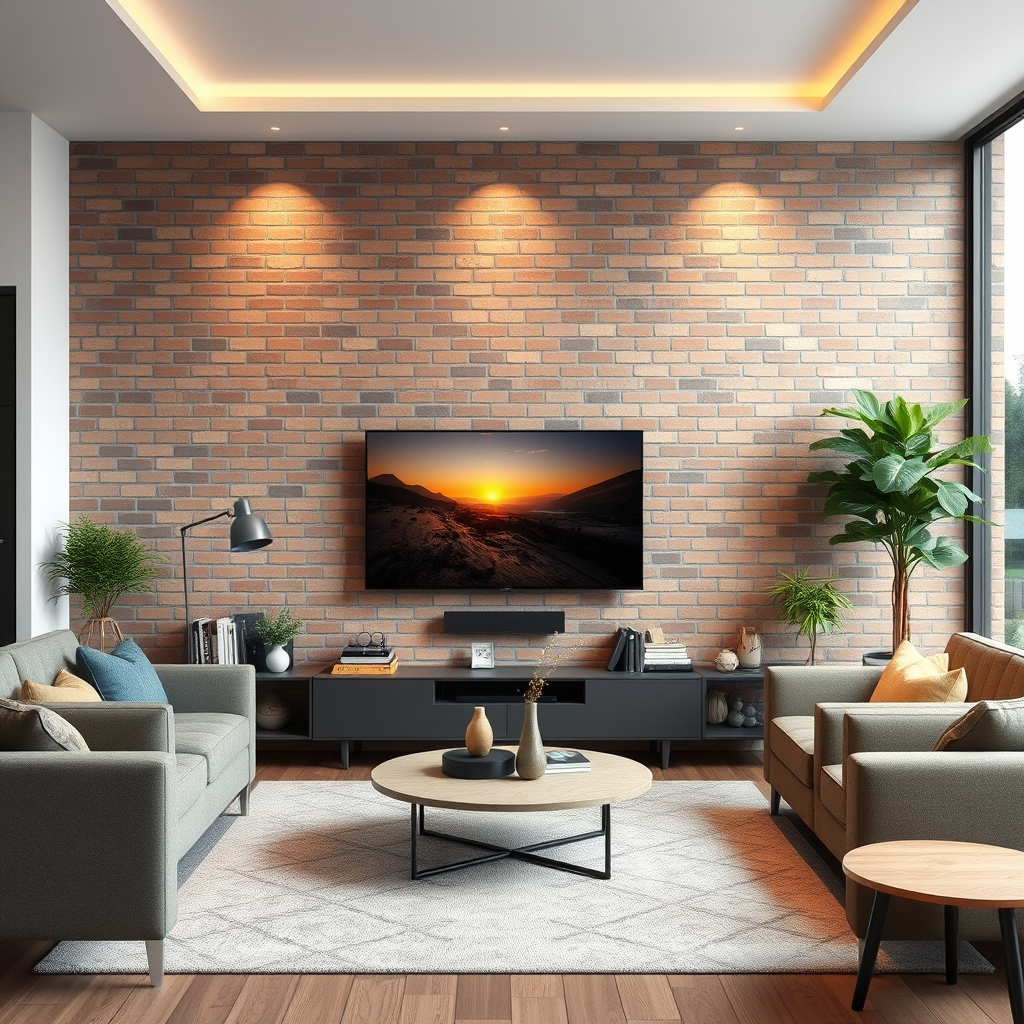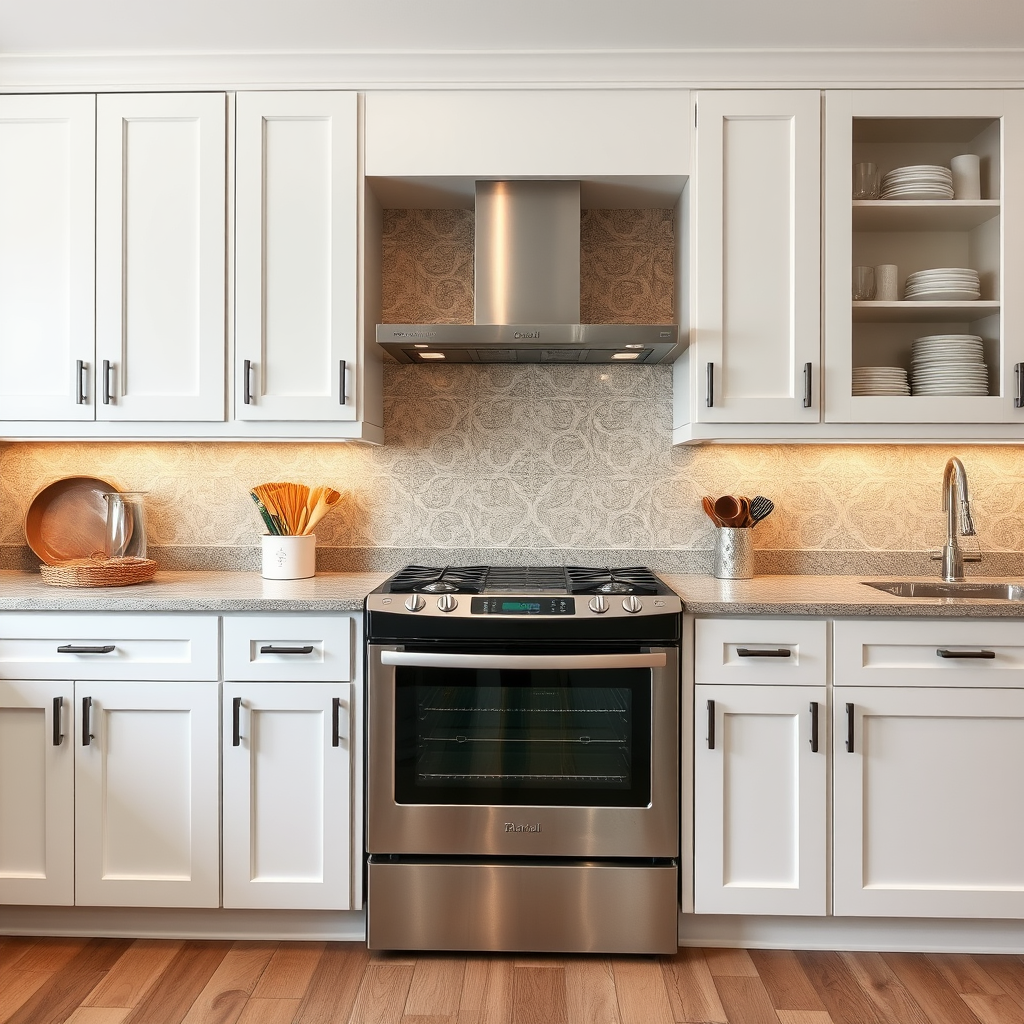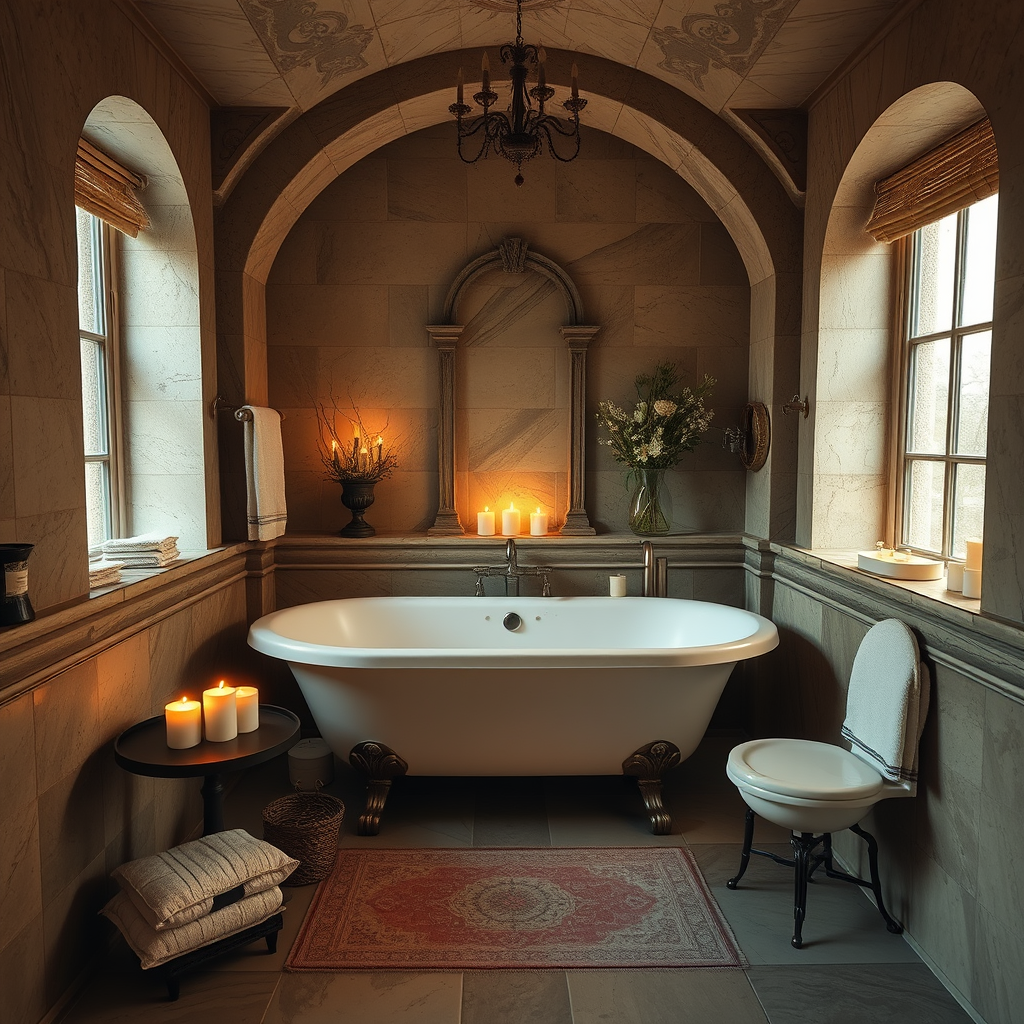In recent years, the concept of home gyms has surged in popularity, offering convenience, privacy, and personalization. Designing your own home gym is an exciting venture, providing the opportunity to create a space that motivates and supports your fitness goals. Whether you’re a seasoned athlete or a beginner, here are some essential tips and considerations to help you design your ideal home workout sanctuary.
**1. Define Your Goals:** Before diving into the design process, clarify your fitness objectives. Are you focused on strength training, cardio, flexibility, or a combination of these? Understanding your goals will guide your equipment selection and layout.
**2. Choose the Right Space:** Assess your available space and select a room that accommodates your fitness needs. Ideally, choose an area with ample natural light and ventilation. Basements, spare bedrooms, or converted garages are popular choices for home gyms.
**3. Flooring:** Invest in high-quality flooring that provides cushioning, traction, and durability. Options such as rubber tiles, foam mats, or interlocking floor tiles are ideal for protecting both your equipment and your floors.
**4. Equipment Selection:** Select equipment based on your fitness goals, available space, and budget. Some versatile options include:
– **Multifunctional Power Rack:** Ideal for strength training exercises such as squats, bench presses, and pull-ups.
– **Adjustable Dumbbells:** Save space with adjustable dumbbells that allow you to change weights quickly.
– **Cardio Equipment:** Choose from treadmills, stationary bikes, elliptical trainers, or rowing machines to enhance cardiovascular fitness.
– **Functional Training Tools:** Incorporate resistance bands, stability balls, kettlebells, and medicine balls for diverse workout routines.
**5. Storage Solutions:** Keep your home gym organized and clutter-free with adequate storage solutions. Consider shelves, racks, and hooks to store equipment such as dumbbells, resistance bands, and yoga mats.
**6. Personal Touches:** Add motivational elements to inspire your workouts. Hang mirrors to check your form, incorporate inspirational quotes or artwork, and include a sound system for energizing music.
**7. Lighting and Ventilation:** Optimize your home gym’s atmosphere with proper lighting and ventilation. Natural light can boost mood and energy levels, while adequate airflow keeps the space comfortable during intense workouts.
**8. Technology Integration:** Incorporate technology to enhance your workout experience. Consider installing a wall-mounted TV or projector for workout videos, streaming services, or virtual training sessions. Fitness apps and wearable devices can also track your progress and provide guidance.
**9. Safety Measures:** Prioritize safety by ensuring proper equipment assembly, stability, and maintenance. Install safety features such as non-slip flooring, secure equipment anchoring, and first aid supplies.
**10. Flexibility and Adaptability:** Design your home gym with flexibility in mind. Create a versatile space that can adapt to evolving fitness preferences, allowing for future equipment upgrades or modifications.
Designing your own home gym is an empowering journey that allows you to customize a space tailored to your fitness lifestyle. By incorporating these tips and essentials, you can create a functional, motivating environment that inspires you to achieve your fitness goals conveniently from the comfort of home.

